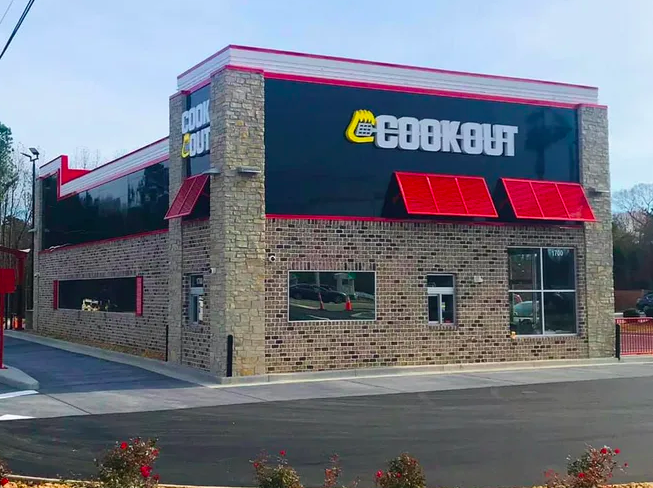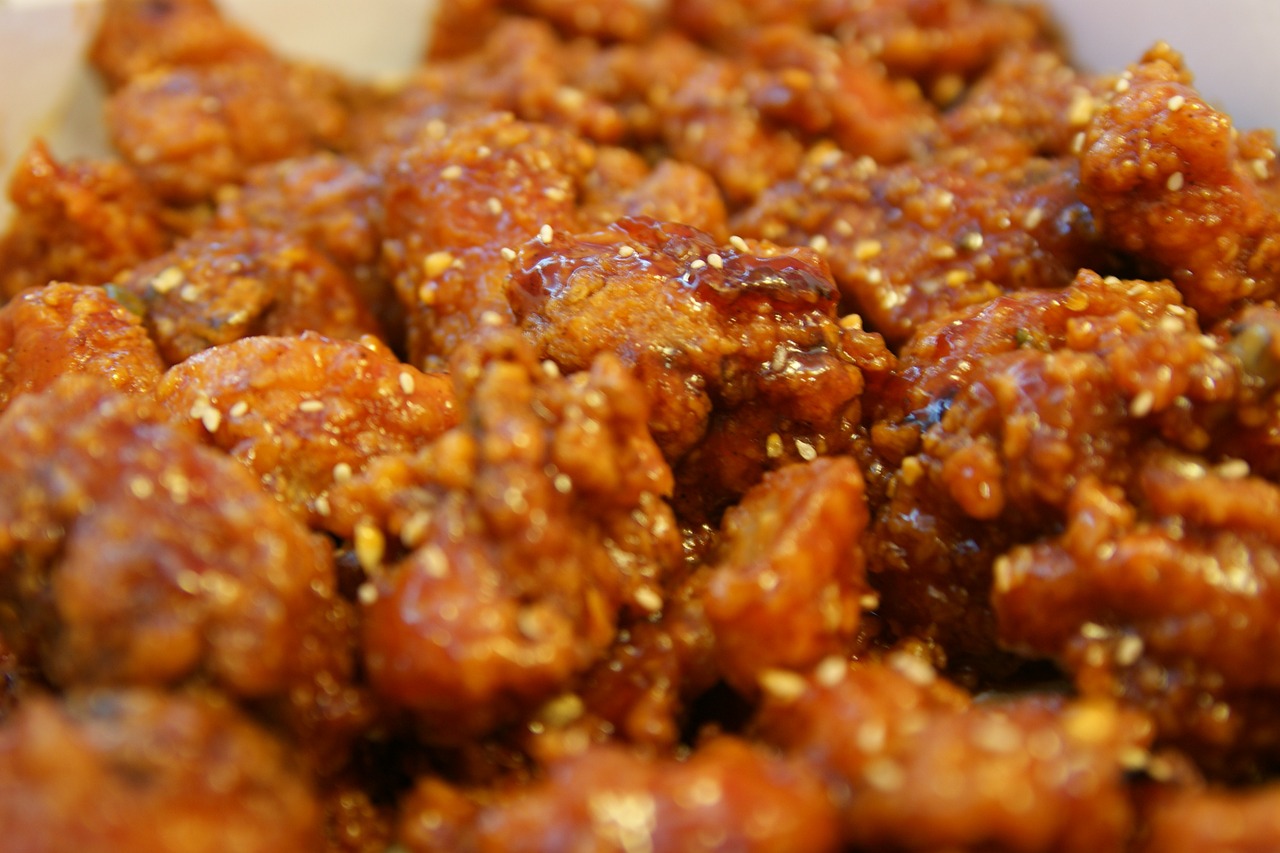Many food truck vendors have been taught the formula and percentage methods of pricing their menus. Today we’ll discuss taking your prices to the next level by using the perceived value of your food truck dishes.
The common basis of food truck prices is based on the cost of the ingredients required to prepare a menu item. For example, let’s say a food truck owner wants to put a new item on the menu. Based on the recipe, cost of ingredients and portion size, the raw food cost of making one order of the menu item is $2.00.
A vendor with a food cost target of 30 percent may take the $2.00 cost and, using the formula method, comes up with a sales price of around $6.67.
While this method may help the owner achieve their food cost objective, you need to ask yourself, what are they ignoring? They are ignoring the fact that their customers may be very willing to pay more (the perceived value), possibly much more than $6.67 for a specialty food truck dish.
Using The Perceived Value Pricing Method
Calculating the cost of producing a food truck menu item should be part of the pricing process. With that said, it isn’t the most important component. The way to determining the perceived value of an item in the eyes of your customers and how much they are willing to pay for it.
A food truck in a market where specialty dishes typically sell for $8.95 or $9.95 could be losing over a dollar or more every time they sell a dish with a higher perceived value than just $6.67.
Determining Your Food Truck Menu Item Perceived Value
Keep an eye on the competition
At least once a year take a peek at your local competitors and analyze their price points. How does your food truck stack up? This should provide you with at least some guidelines of what level of prices your market will bear.
Always consider the customers
What are the demographics of your food truck customers? Are they a mix of varying income levels or are they predominantly college students, or business professionals? You should have a sense of the price sensitivity of the people who typically stand in line at your food truck.
Look at your existing prices
Compare the popularity of your menu items in each section of your menu in light of each item’s price. The objective is to get a sense of how price sensitive your customers are based on what they are or not buying.
Include your staff
Some vendors engage their staff members in the pricing process. These are the people working for you that are closest to your customers. They are the people who have the interactions with your customers while their buying decisions are being made. Some of them will develop a great sense of your customers’ buying habits and price sensitivity.
Not only will including your food truck staff in the pricing process get valuable pricing information to but they’ll feel more involved in your food truck business.
RELATED: Low Cost Marketing Solutions For Food Truck Vendors
The Bottom Line
The most common pricing strategies and methodologies forget about the customer. Instead, people in charge of pricing justify price points based on internal reasons or simply adopting existing market prices. Remember that customers don’t care how much something cost you to make. They care how much value they’re receiving at a particular price.
Do you use the perceived value method for pricing your food truck menu? We’d love to hear from you. You can share your thoughts on this topic in the comment section, our food truck forum or social media. Facebook | Twitter




